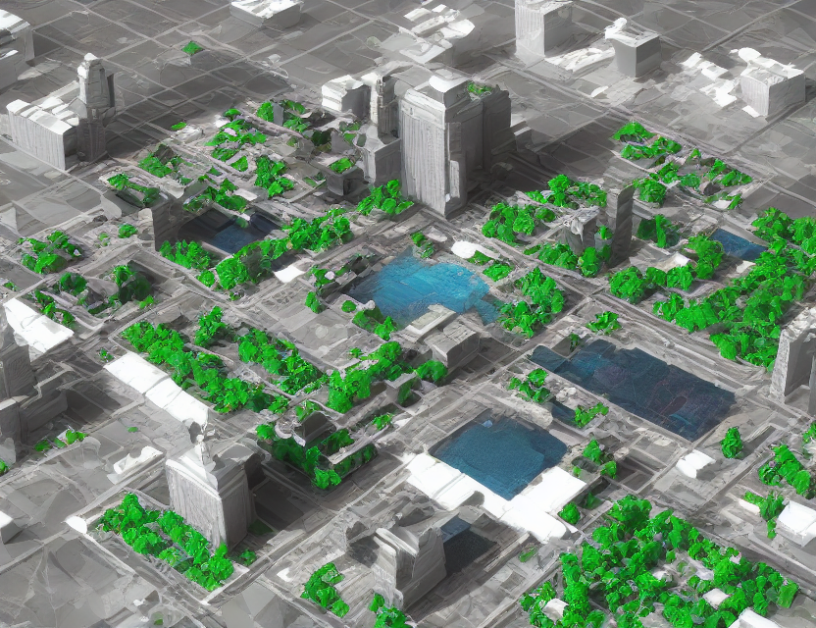In this article, researchers propose a new framework called REAL (REdundAncy cLassifier) to address the limitations of current methods in point cloud semantic segmentation. These methods are closed-set and static, meaning they can only identify objects from predefined categories and cannot adapt to new or evolving scenarios.
To overcome this challenge, REAL uses a combination of prototype learning and multi-scan distillation to enhance point embeddings, allowing the model to recognize richer semantics in the data. This approach enables the framework to perform open-set semantic segmentation and incremental learning effectively, achieving state-of-the-art performance on SemanticKITTI and nuScenes datasets.
The REAL framework consists of three main components: dataset collection, preprocessing, and methodology. The authors have manually annotated a large-scale point cloud segmentation dataset called Chengdu Point Cloud Segmentation Dataset, which includes data from various urban environments. This dataset serves as an essential component in training and evaluating the REAL model’s efficiency and accuracy.
RandLA-Net [7], a neural network architecture designed for efficient semantic segmentation of massive point clouds, is used as the methodological backbone of the framework. By combining RandLA-Net with prototype learning and multi-scan distillation, REAL can efficiently process large-scale point clouds while maintaining accurate semantic segmentation.
In summary, the REAL framework offers a novel approach to point cloud semantic segmentation by leveraging prototype learning and multi-scan distillation to enhance point embeddings and adapt to new or evolving scenarios. The proposed method achieves state-of-the-art performance on SemanticKITTI and nuScenes datasets, demonstrating its effectiveness in open-set semantic segmentation and incremental learning tasks. By providing a robust solution for large-scale point cloud segmentation, REAL has the potential to significantly improve scene understanding and navigation applications.
Computer Science, Computer Vision and Pattern Recognition
Leveraging Point Cloud Semantics for Efficient and Robust Segmentation



